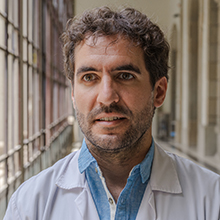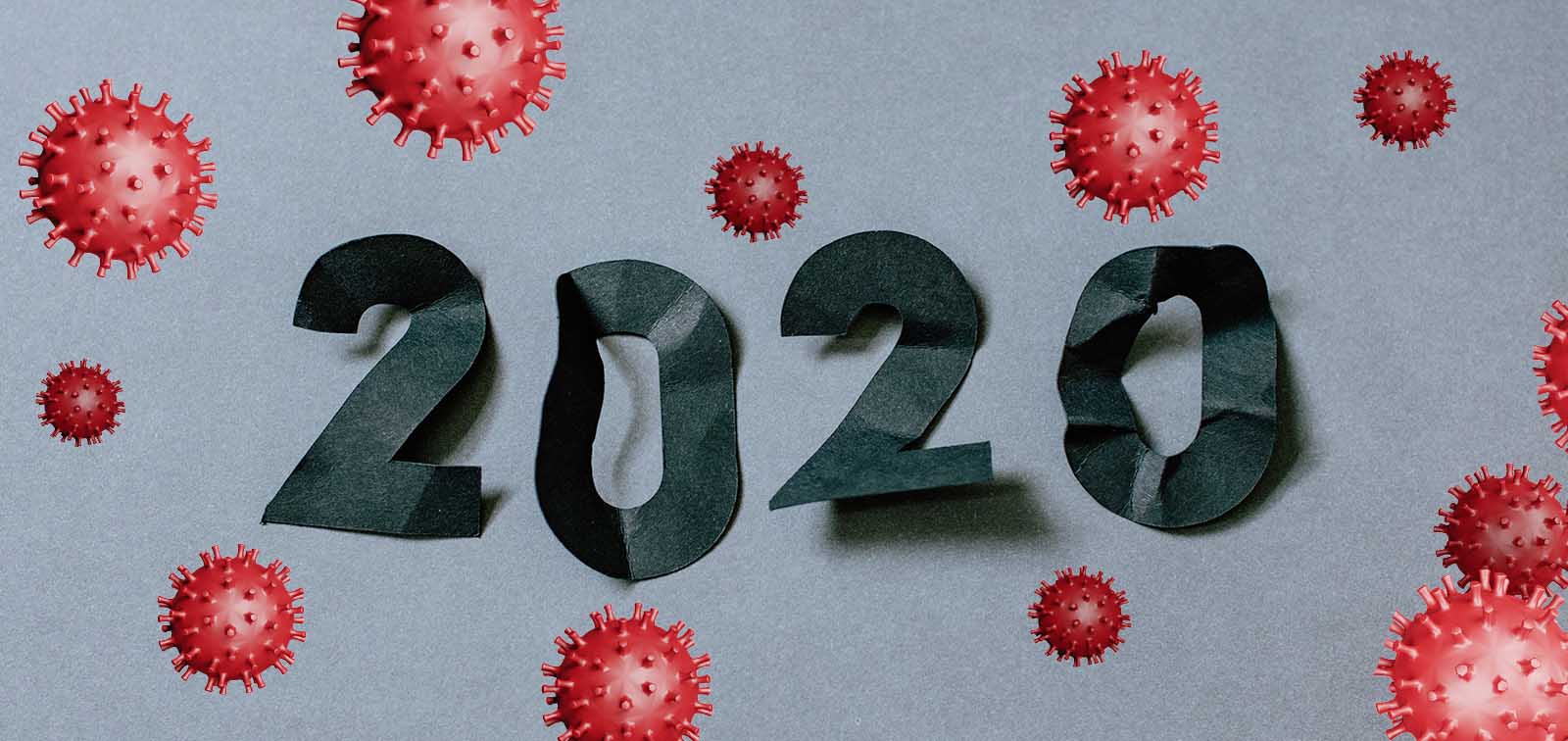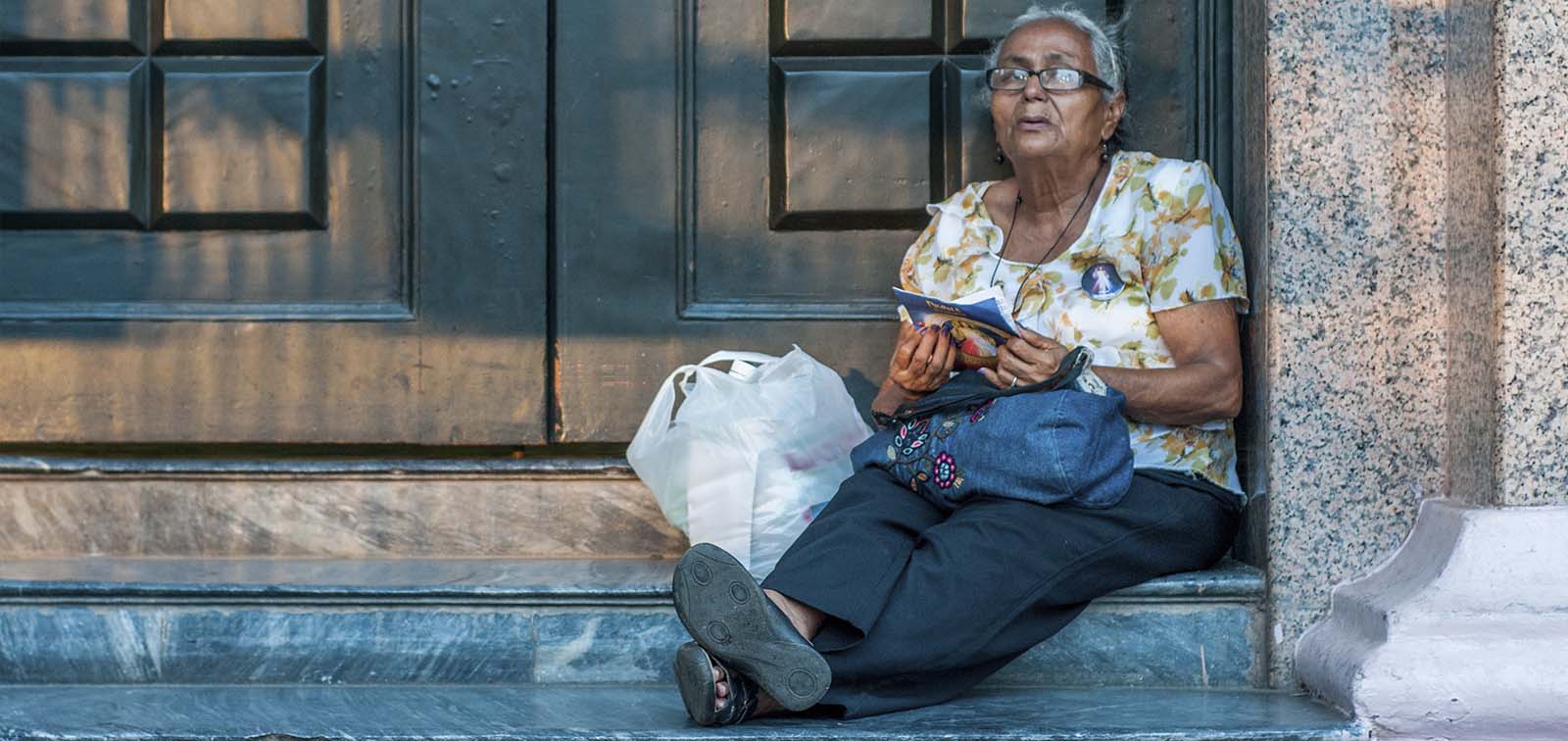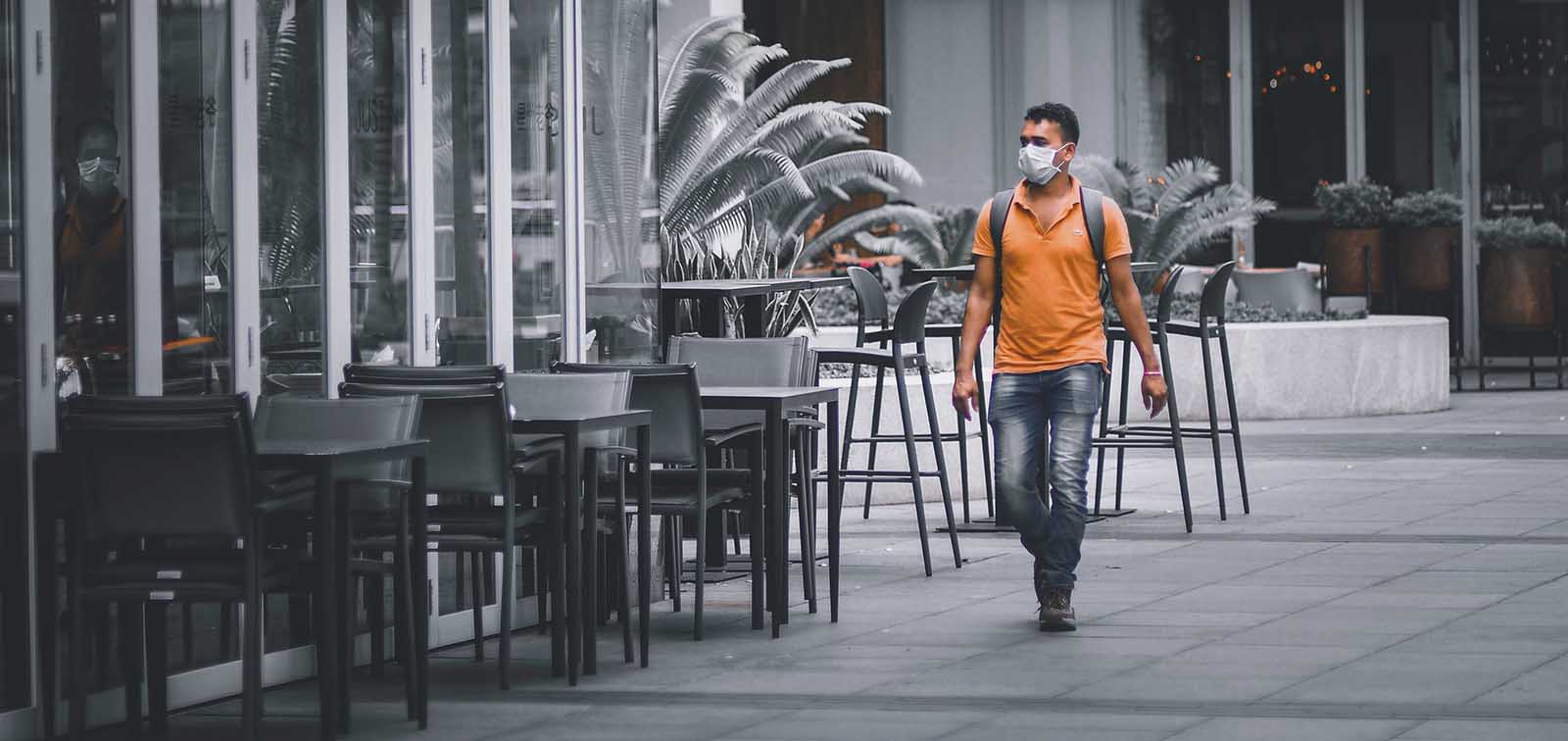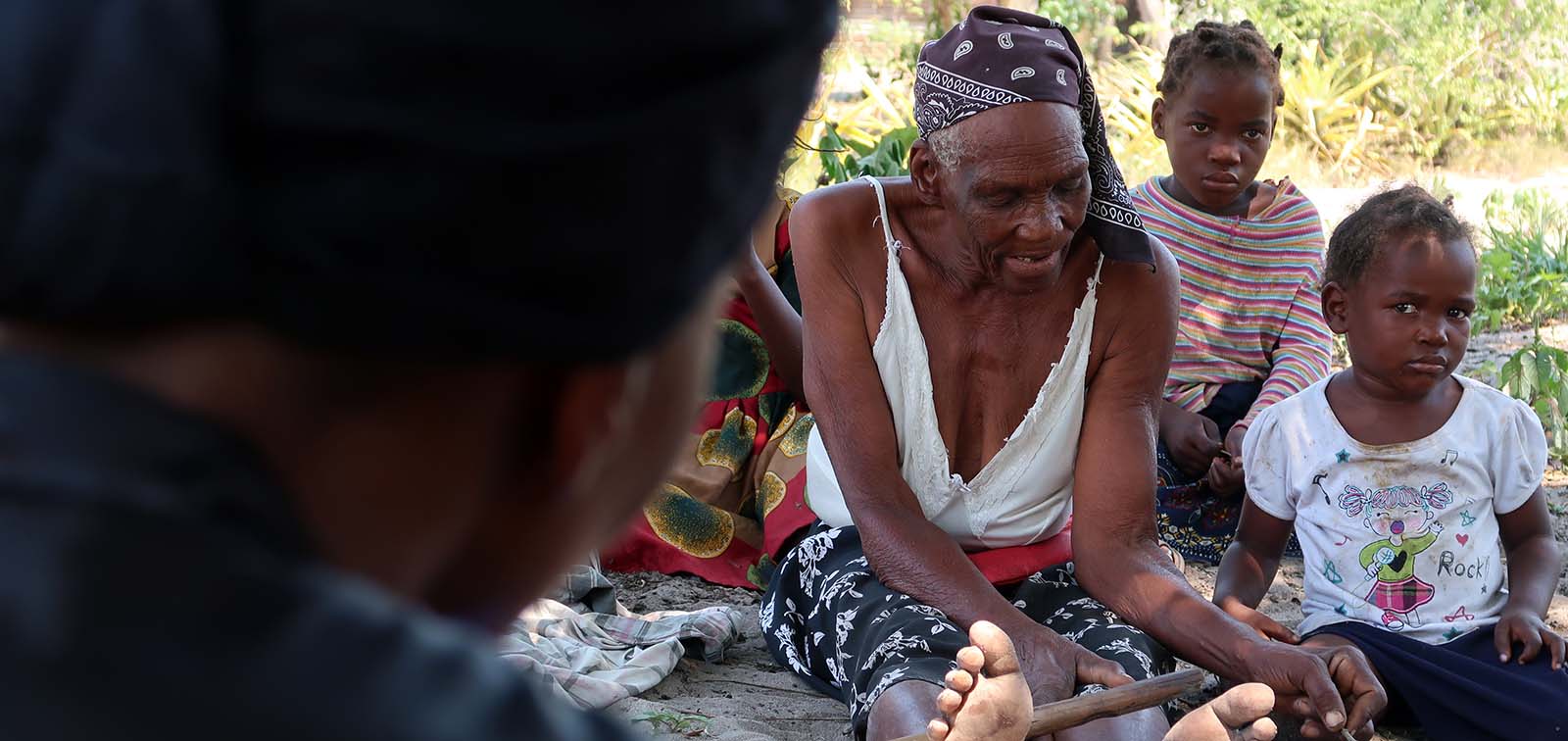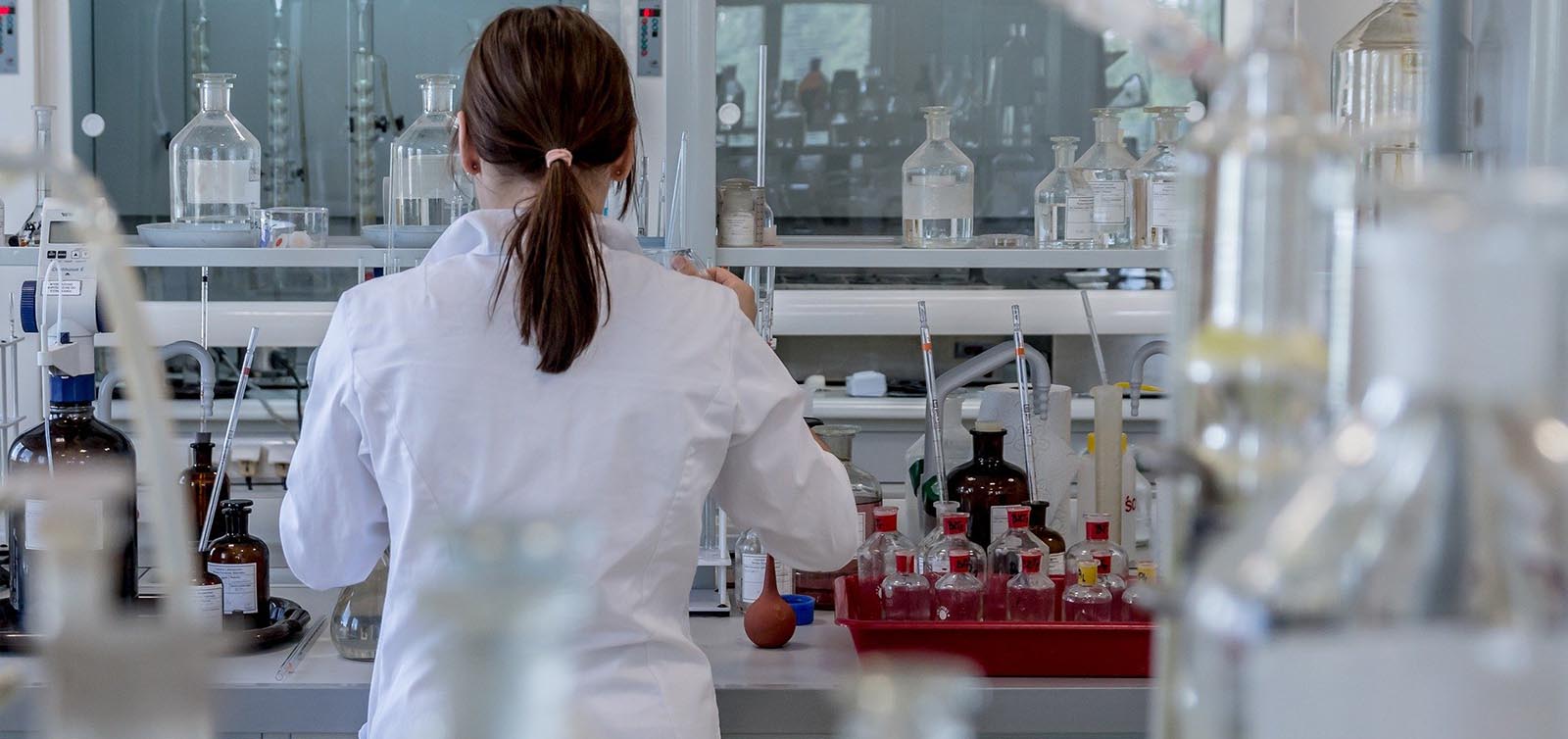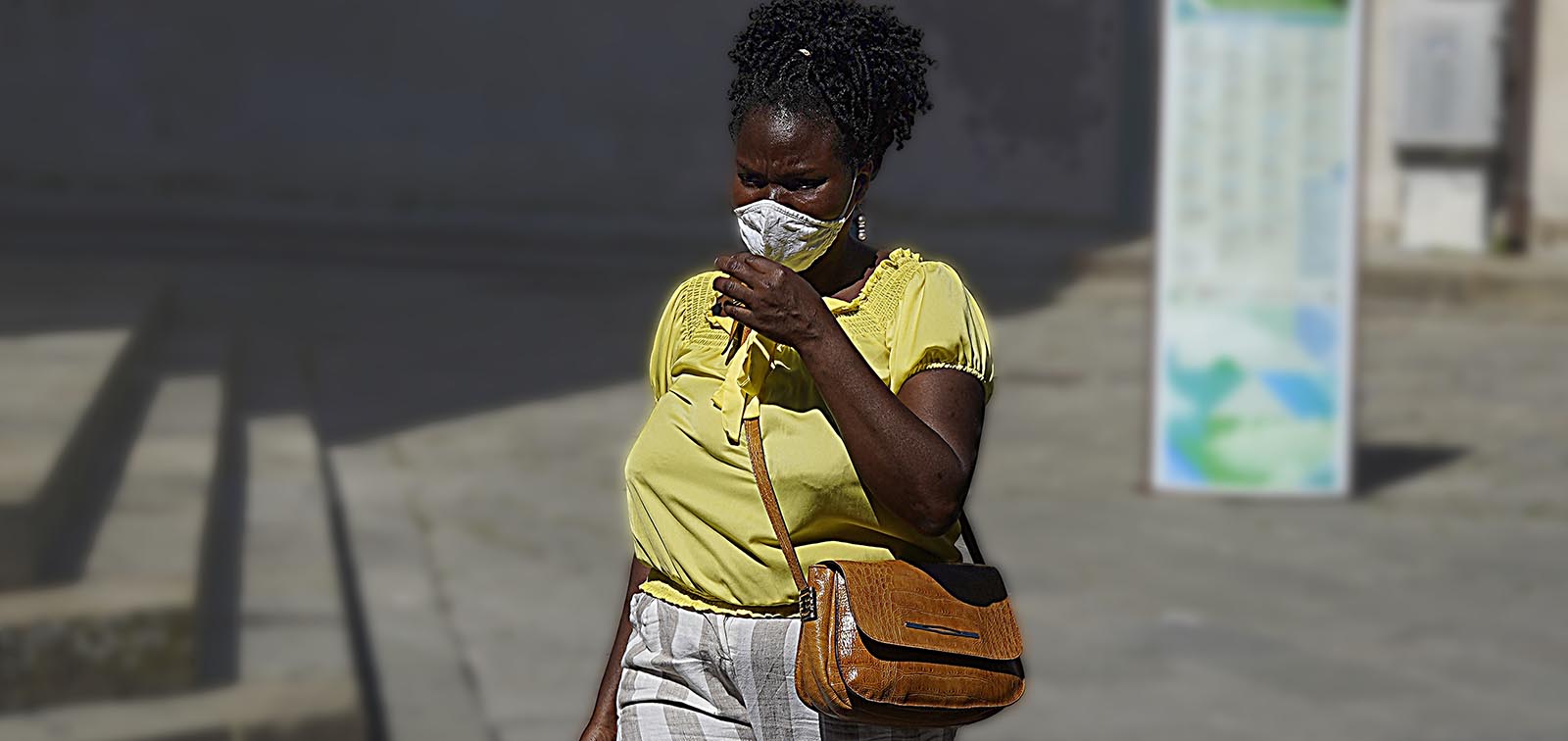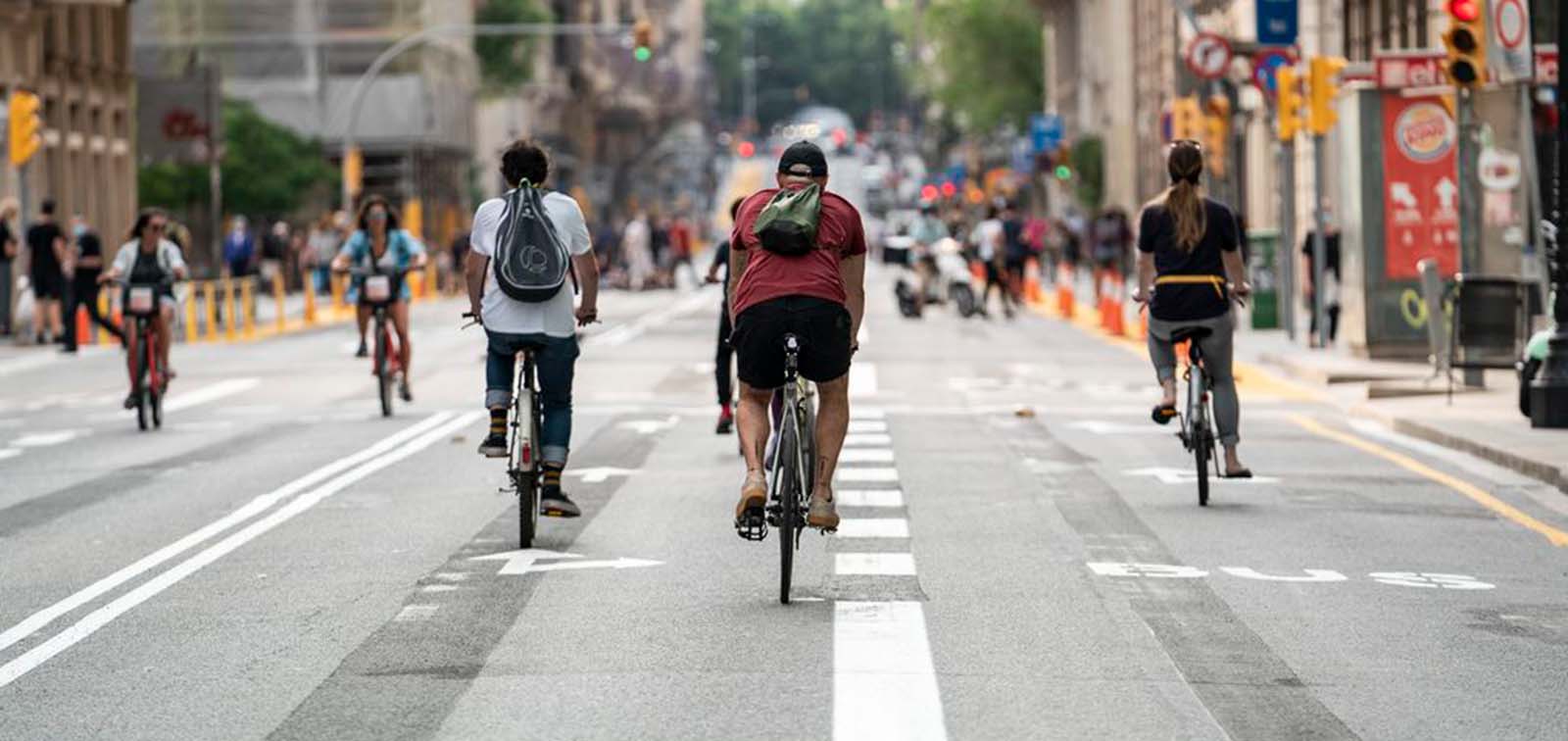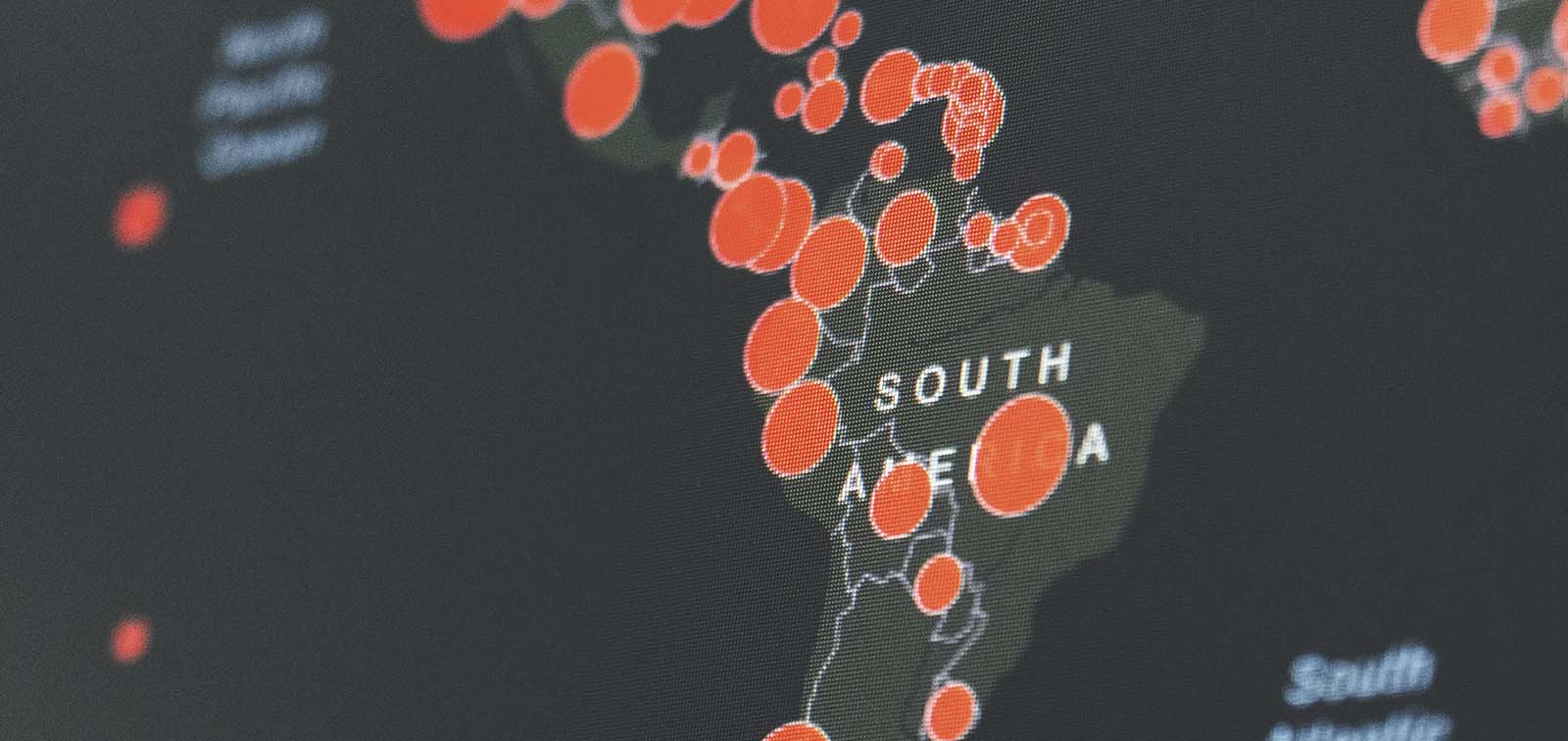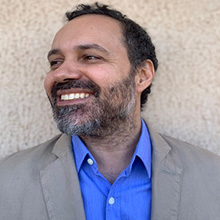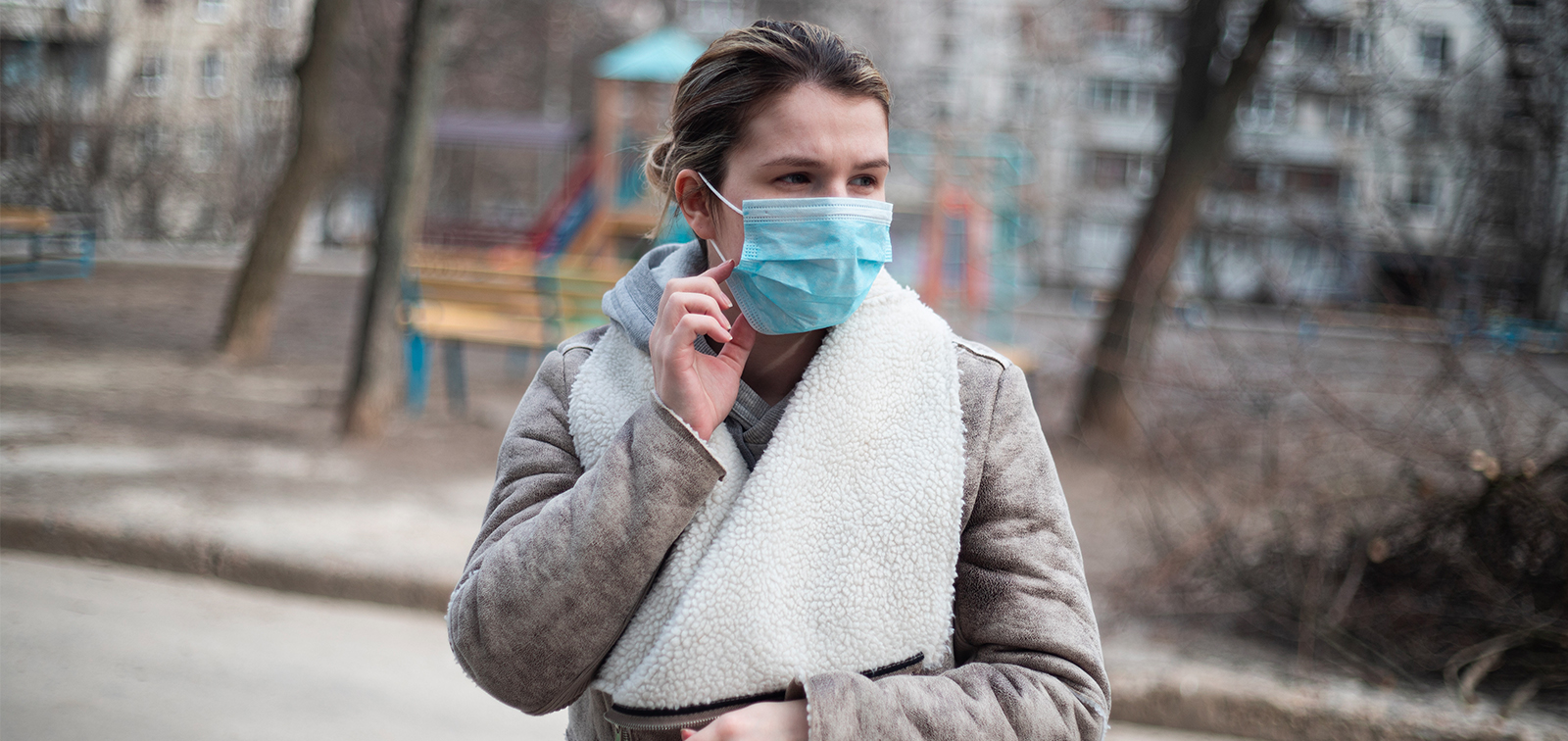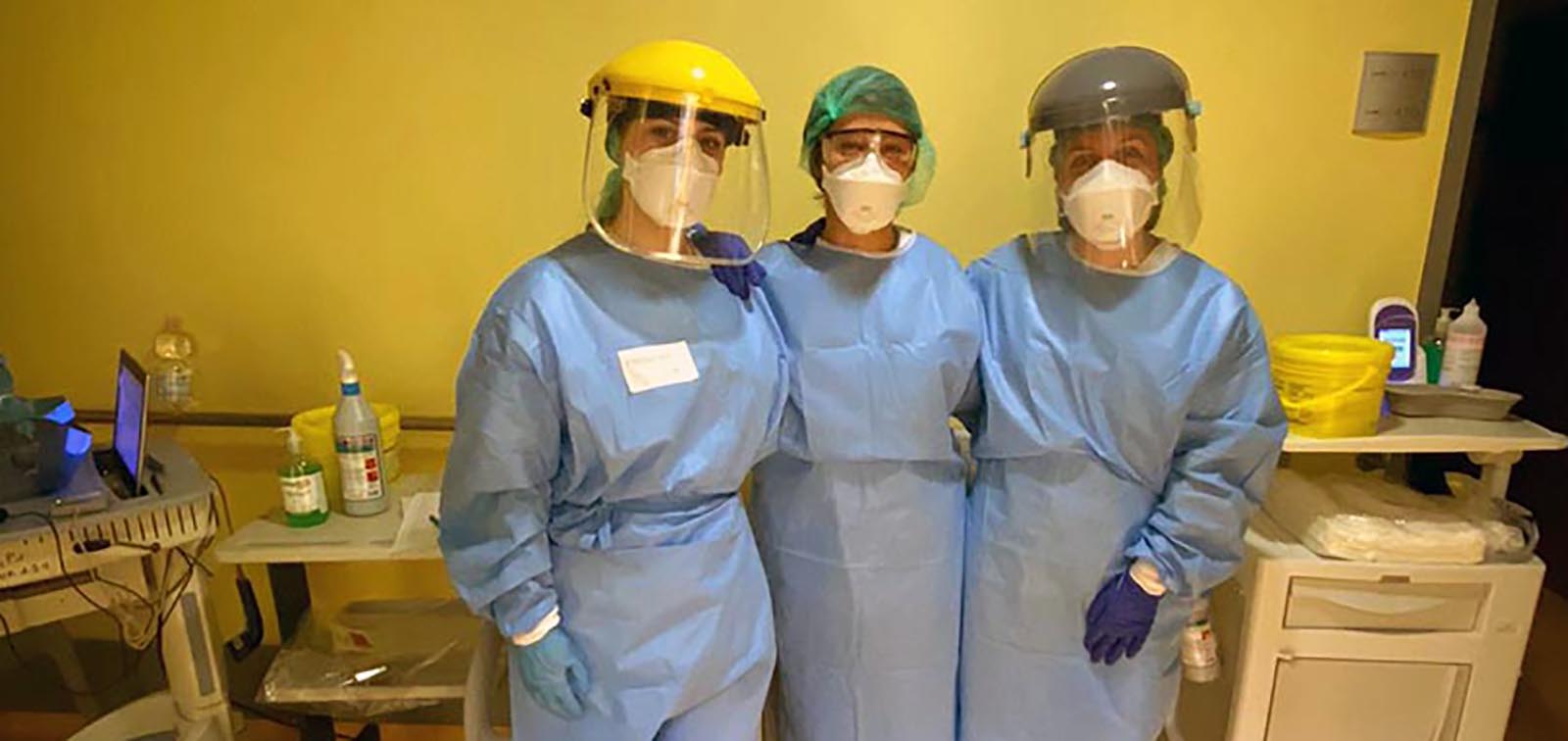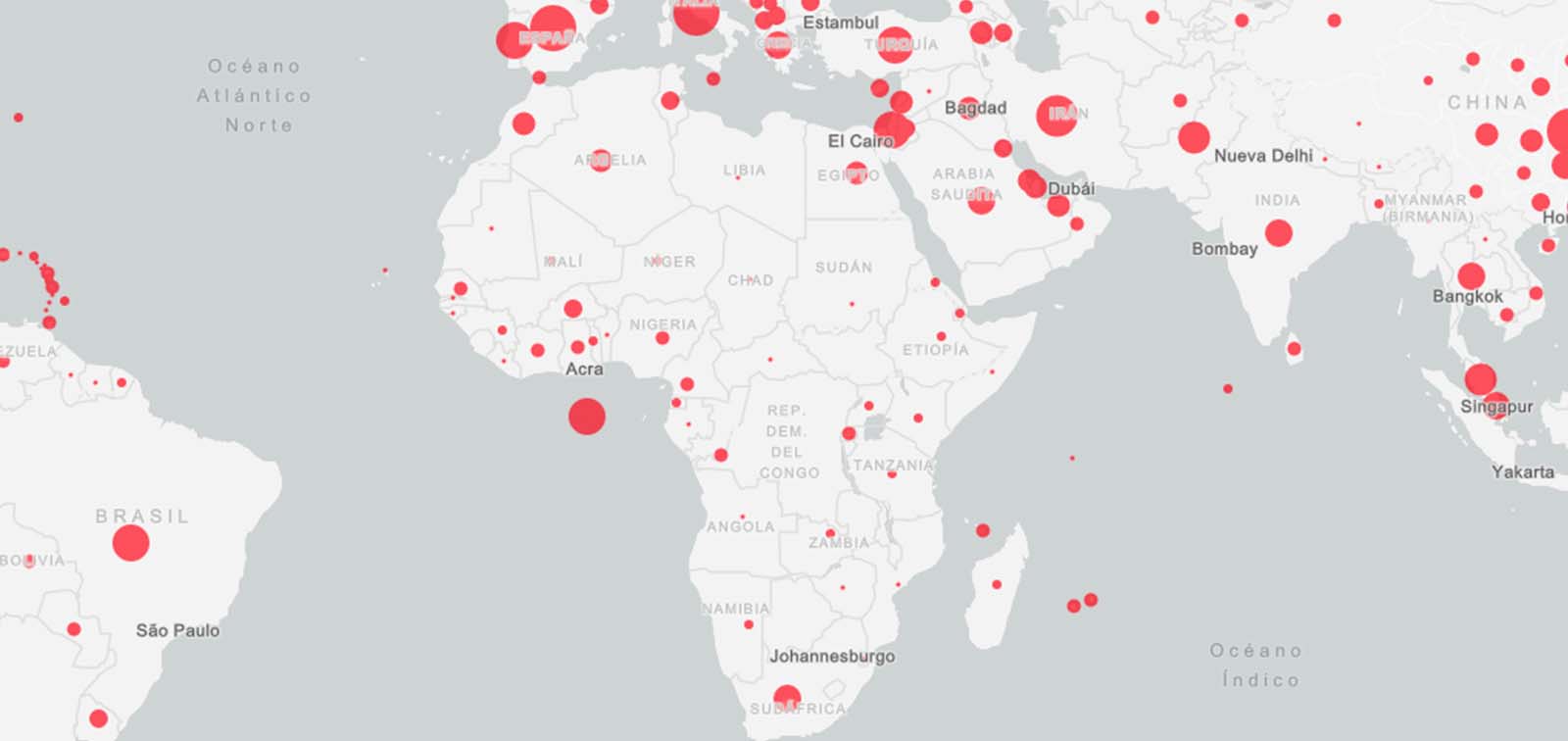COVID-19: Lessons and Recommendations
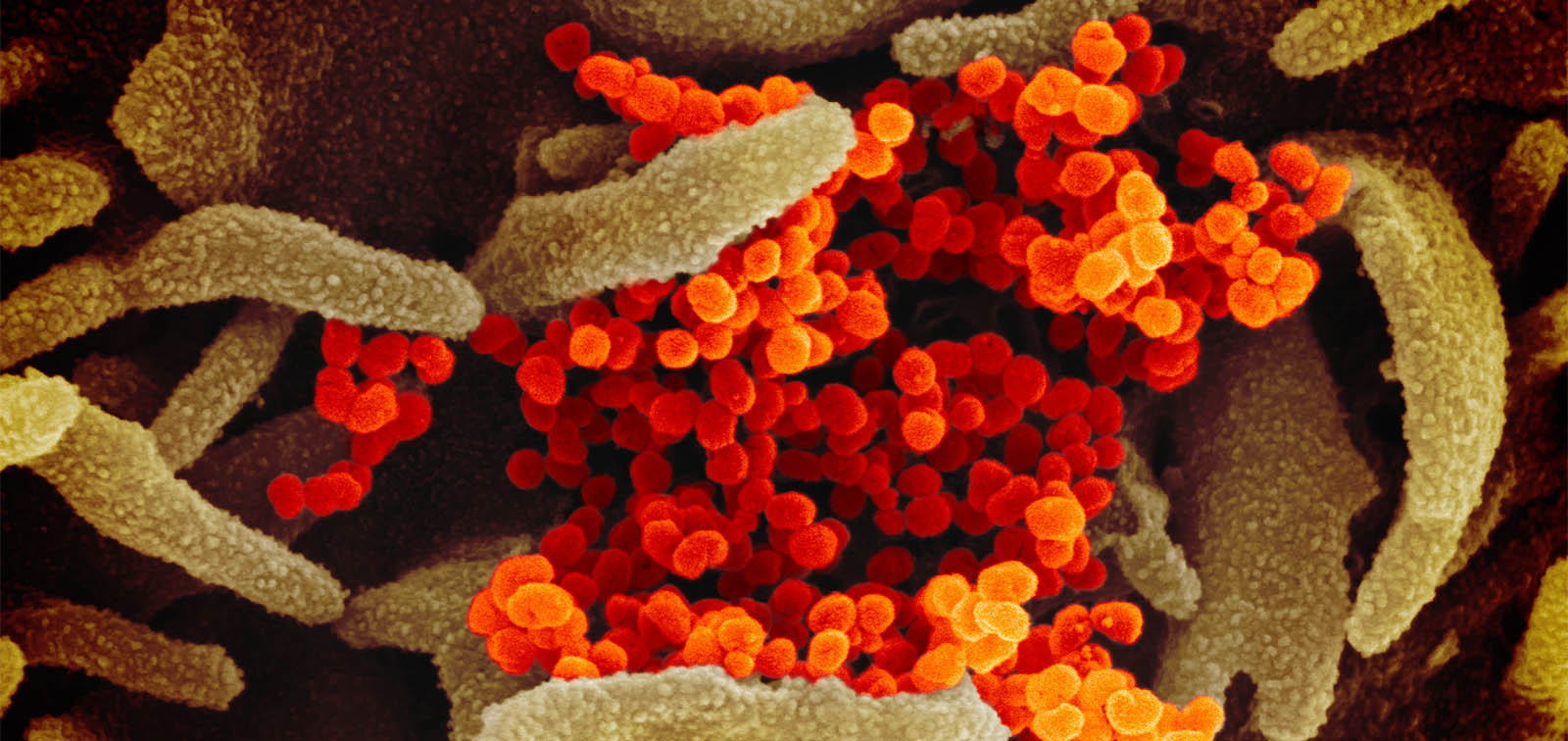
Published: 12 March 2020
1. Current situation
2. Lessons from China
The magnitude and impact of an epidemic depends on a series of key factors, many of them unknown for COVID-19. However, an analysis by the WHO Committee in China provides valuable information on the transmission dynamics of SARS-CoV-2:
- People are infectious early in the course of the disease, even before presenting symptoms (which makes it more difficult to isolate sick people and identify their contacts). Estimates indicate that presymptomatic individuals can account for up to 25% of transmission.
- Viral shedding can occur several days / weeks after recovery, it is still not clear if they are still infectious. A recent study with German patients that developed mild disease suggests that 10 days after symptom onset, patients are not infectious and can be discharged.
- Truly asymptomatic infections are not that frequent. However this cipher remains controversial (many experts think it is much higher), and large serological studies will be required to better grasp the frequency of asymptomatic infections.
- There is no evidence for reinfection after recovery (this may be rather due to test sensitivity).
- Transmission seems to occur mainly in the household.
- Transmission within hospitals or schools seems to be low.
- Children get infected but do not develop severe disease. It is still not clear if and how much they contribute to viral transmission, but this may suggest that closing schools is not the top priority).
Impact of measures implemented:
The measures implemented in China (quarantine, social distancing and isolation of infected populations) have had a real impact on the epidemic spread. One analysis suggests that the cordon sanitaire in Wuhan delayed viral spread to other Chinese cities by at least three days.
Singapore and Hong Kong, both countries with previous experience of the SARS epidemic, are also bringing the situation under control, as is South Korea.
The lesson is that early government action and individual social distancing measures are key to slowing and controlling the spread of the epidemic.
3. Previsions of evolution outside China
With an R0 (reproduction number) estimated at 2.5 (based on China), many experts predict that between 20 and 60% of the world population could get infected (which means at least 0.5M deaths).
However, the R0 varies during the course of an epidemic as a result of a series of determinants and interventions:
3.1. Containment and / or Mitigation Measures
A mathematical model suggests that 80% of contacts would need to be identified to contain an epidemic that starts with 20 cases of COVID-19 (assuming an R0 of 2.5), within three months. However, in the case of COVID-19, containment measures will likely be insufficient in light of presymptomatic transmission and a relatively long period of infectiousness.
This is why the WHO has urged countries to practice containment (i.e. detect and isolate cases, identify and quarantine contacts) and mitigation (i.e. slow down viral spread in the community) at the same time. Along this line, a modeling exercise performed by a team at Harvard suggests that individual quarantine and/or contact monitoring, even if imperfect, synergizes with social distancing to reduce the R0 and mitigate the COVID-19 epidemic. According to a comment in The Lancet, countries will have to prioritize measures to decrease the health impact above the economic impact.
An analysis comparing the evolution of the 1918 Flu epidemic in two cities in the US clearly highlights the importance of proactive measures implemented in St. Louis (two days after the first case was reported) versus the reactive measures (16 days after the first case was reported) implemented in Philadelphia.
In the case of COVID-19, these measures, if taken in time, could help flatten the epidemic curve and avoid overwhelming the health systems.
Why outbreaks like #coronavirus spread exponentially and how to #FlattenTheCurve? �� "Social distancing" is the answer, experts say
— ISGlobal (@ISGLOBALorg) March 16, 2020
➡️ https://t.co/LIBvLHj6vd via @washingtonpost #COVID19 #COVID_19 #CoronavirusOutbreak #StayAtHome
Government-dependent measures include: mandatory quarantine for potentially exposed individuals, forbid mass gatherings, close workplaces where cases have been detected, recommend social distancing particularly for vulnerable groups (elder people and people with chronic diseases, in this case), isolation of households, and eventually of towns or cities with a high number of infections (as is being done currently in Italy).
Individual behaviour is key to the implementation of social distancing measures (self-quarantine and isolation, avoiding travel, keeping a distance of at least one meter, preferably two, with sick people), hand hygiene and a good “respiratory etiquette” (sneezing and coughing into the elbow or a tissue). These individual measures are as important, or even more, than those implemented by the government.
3.2. Temperature
There is hope that, as with flu, viral transmission slows down as a result of rising temperatures as we approach the summer. However, there is no evidence yet of this occurring with SARS-CoV-2 (Singapore saw sustained transmission despite higher temperatures) and even then it could not be enough to push the R0 beyond 1.
3.3. Herd Immunity
Estimates suggest that 50% of the population would have to develop natural immunity in order to stop the epidemic.
3.4. Vaccine
One mRNA-based vaccine by US company Moderna has entered Phase I clinical trials, but in the best of cases, it will not be available before 12-18 months.
Many experts forecast that SARS-CoV-2, as H1N1, will become one more virus in the viral menagerie that affects us. However, it is also clear that the global impact of this epidemic will be huge and long-lasting, and will particularly affect the most vulnerable healthwise and economically speaking.
4. Recommendations
Based on the evidence of the impact of early measures on the epidemic curve in China and South Korea, and in view of the current epidemiological context in Spain (with sustained community transmission in Madrid and Basque Country), we wish to make some general considerations for the whole territory. Importantly, the proactive mitigation measures proposed, which put a focus on social distancing, seek to protect in particular the most vulnerable populations (the elderly and people with chronic conditions) that can be directly and indirectly affected by the epidemic.
- Consider suspending / delaying events that gather a high number of people (including sporting, cultural and leisure events).
- Consider, when possible, the possibility of teleworking and performing video meetings, and facilitate work and schedule flexibility (to avoid peak hours in public transport and help with family logistics).
- Seek alternatives in the education sector (universities and eventually other education centres) to avoid the physical presence of students and academic staff.
- Recommend the general population to avoid trips that are not essential, inside and / or outside the country.
- Limit / avoid visits to nursing homes and to hospitals, particularly by people who have symptoms of the disease.
- If justified, consider the isolation of areas or districts where there may be a high transmission.
- Remember / reinforce hygienic measures (hand washing) and facilitate hand sanitizer gel in public and private places (work centers, sports centers, etc.).
- At the individual level, recommend measures of social distancing, including self-quarantine for people potentially exposed to the virus, avoid shaking hands / kisses, try to keep at least one meter distance (and ideally two) from other people, and avoid public transportation at peak times, as far as possible.
Why is social distancing so important to prevent #COVID19 transmission? @joethebrew explains it in two minutes pic.twitter.com/43bGZWCJCC
— ISGlobal (@ISGLOBALorg) March 15, 2020
- Incorporate scientific profiles that strengthen the analysis capacity in support of the emergency, monitoring and communication committees.
- Formulate a research plan to be developed immediately, identifying the areas that require greater scientific knowledge as a priority, promoting coordination and interdisciplinary synergies, and facilitating the necessary economic and administrative resources.
These measures must be applied with determination and proportionality, adjusting in a dynamic manner to the epidemiological situation in each place.













